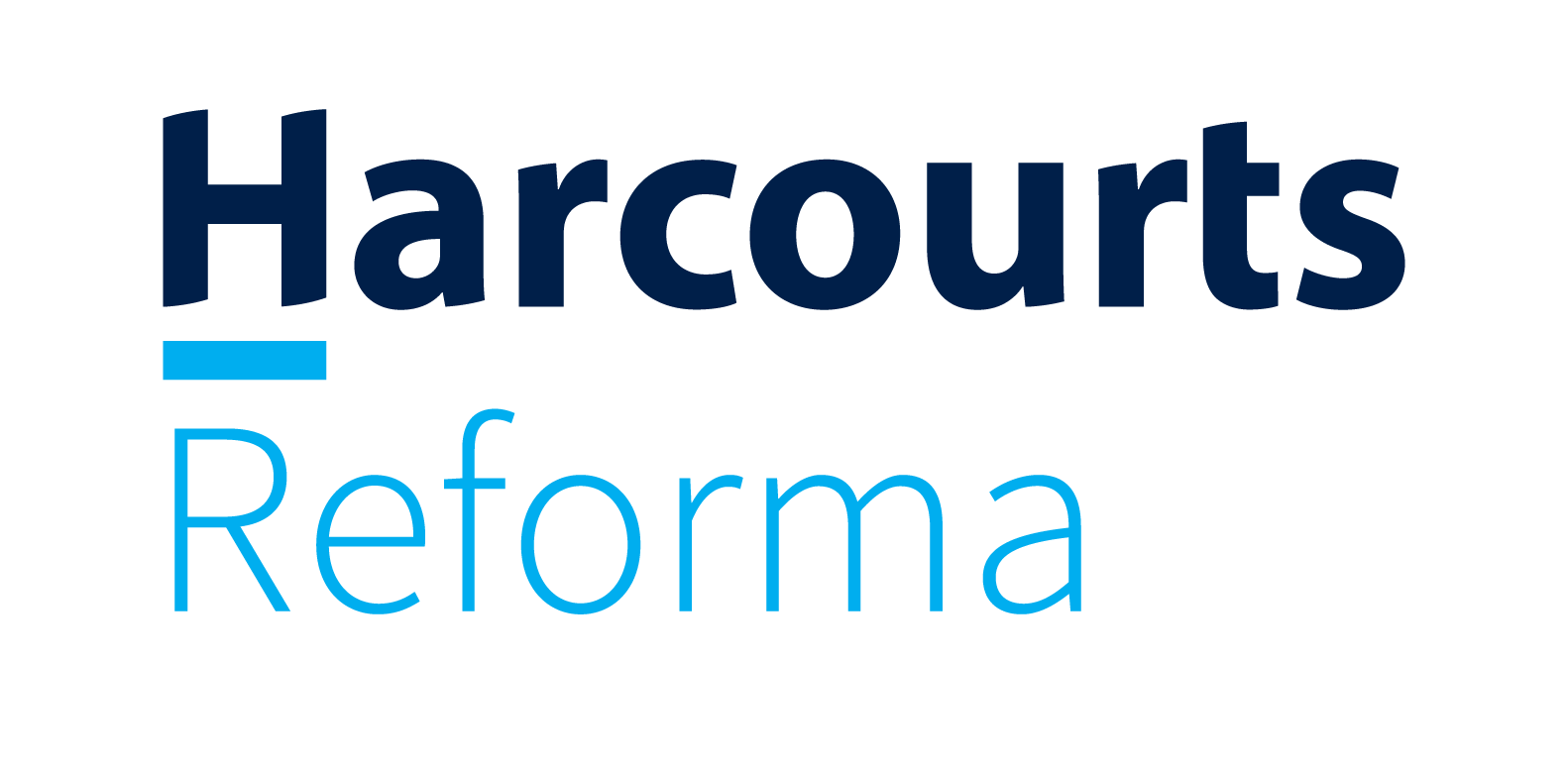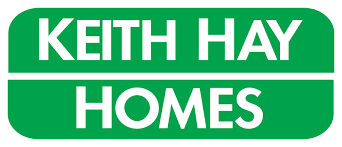Setting your rent can be a bit of a Goldilocks Paradox: charge too much, you turn off inquiries; charge too little, you compromise the performance of your
property. The right amount of rent will not only help you attract the right types of tenants, it also ensures the continued success of your rental
portfolio. We asked five APIA investors to share their rent strategies and elaborate on the rental market/tenants respond to the rents they set:

John Priest
I use two information sources to estimate the “market rent” that I could charge for my residential properties. Number one is the Tenancy Services website while I also look at what similar properties are being advertised for on Trade Me. I review rents for current tenants annually and in my written advice
to them, I enclose a copy of the Tenancy Services market rent information for their area.
I favour rent reviews at the lower end of what I could achieve, that is around the lower quartile because this encourages stable tenancies. However, when
I do have a vacancy I tend to test the market, by the pitching the rent somewhere between the median and the upper quartile. I consider I have been
successful if I get good numbers viewing the property while getting only one or two serious applicants. Very occasionally I have had no takers at my
advertised rent level and have had to lower my expectations. It would be unusual for me to have a property vacant for more than two weeks between tenancies
unless I am redecorating or improving it.

Ilse Wolfe
To maximise rent levels across my portfolio I refer to what I call my ‘inanimate and animate’ fundamentals:
Inanimately, location sets a base level of return for a property so I stretch my deposit as far as possible to achieve the highest capital growth area
I can. For maximum cash flow I renovate every property to a high but economic standard and certify the work prior to uploading it to the rental pool:
this attracts the highest calibre of tenants. Maintenance becomes a lesser expense once chattels and fixtures are new and under warranty, and reassures
the tenant that the property is legislatively compliant for topical matters such as insulation and meth.
My property manager is my closest ally and ‘animate’ consideration. I involve Ryan Weir of Walker Weir from the moment I place an offer on a property.
Knowing the quality of the renovation, he pre-signs a tenant from his database and contractually guarantees rent from his own pocket. It is
not unusual to have multiple applicants offer to outbid the other and this usually ensures I have zero vacancy days following the renovation. My final
tip would be to mature leases in February / March when demand for rental properties is at its peak. This demand enables me to achieve premium rent
all-year round.

Kristin Sutherland
When I am looking at renting a property the first place I go is Trade Me, to compare what is available for rent at the moment. I also look at the Tenancy.govt.nz market rent statistics in the back of the Property Investor magazine or online, to get an idea of how many other properties of that type or in the
area. After this I consider, how this property is fitting into the rest of our portfolio, for example, am I going to have anything else empty at the
same time, as this may affect if I push for the upper limit of the range or not. I then advertise and adjust the asking price based on the number of
inquiries I receive, generally, this would be reducing it if it is taking a long time to rent, or increasing it for extras that the tenants may want,
if there is high demand. For example, recently we allowed the tenants to have pets in the property for a slightly higher rent than if they didn’t have
pets. The normal time to find a tenant is 4-6 weeks in my experience.

Andrew Bruce
This is the general process I go through: Where possible I try to have fixed-term tenancies that expire at the beginning of the year i.e. late January,
February or March as this is always the best time of year to find a tenant. For tenants that are staying in our properties, this is also the time of
year I review all our rentals.
In terms of finding a new tenant, as soon as the existing tenant gives their three weeks’ notice I place an advertisement on Trademe. Before I do this
I check the surrounding area for similar properties to find what will be my competition and how much they are charging. Going through this exercise
also assists me in assessing what rent I’ll be asking for the property. I also want to make sure I have good quality photo’s of the property as I believe
tenants will firstly look at the price and then the next biggest selling point is the presentation which we as landlord’s have control over in terms
of the quality of photo’s we take. Once I’ve placed my advertisement I generally say there will be a viewing at a certain time (obviously I arrange
this with the current tenant first before placing it in the advertisement). By having a set time it avoids me spending all day showing people through
the property if it has been particularly popular and it also subtly lets the prospective tenants know this property is popular if numerous people attend
the viewing. Once I have tenants interested they will always fill out of Pre Application form and from there I will go through the various background
checks including credit checks, ringing the two referees and I will also undertake a quick Google search. From past experience, I will not take the
first person to the view the property if their application isn’t what I would consider satisfactory and if necessary I’d prefer to have a weeks vacancy
rather than placing the wrong tenant in the property. Once I have chosen a tenant they will always have to pay the move-in costs which include four
weeks bond and a week rent in advance before I delete the advertisement from Trademe and stop showing people through the property. I will never
let a tenant move in before they’ve have paid these costs.
In terms of how long it takes me to find a tenant I almost always find a satisfactory tenant before the existing tenant moves out. I put this down to ensuring
I charge a market rental, having good presentation photos and being proactive when receiving enquiries.
I hope you find this process I go through of assistance.

Peter Lewis
Unlike many, I do not seek to rent at below market in the belief that I will get a long-term tenant. I will be seeking a tenant who has their life together,
holds down steady employment and is in control of their own finances. I work on the basis that such a person is well able to afford a market price
for their home, whereas those who seek a cheap rent are more likely to be financially unstable.
the general demand for rentals in that area at that time of the year.
and some of the larger property management companies and then calculating whereabouts in the market my particular property sits in terms of size,
location and condition.
Do you have a particular rent setting strategy that has served you well? Comment reply below to share!













Add Comment